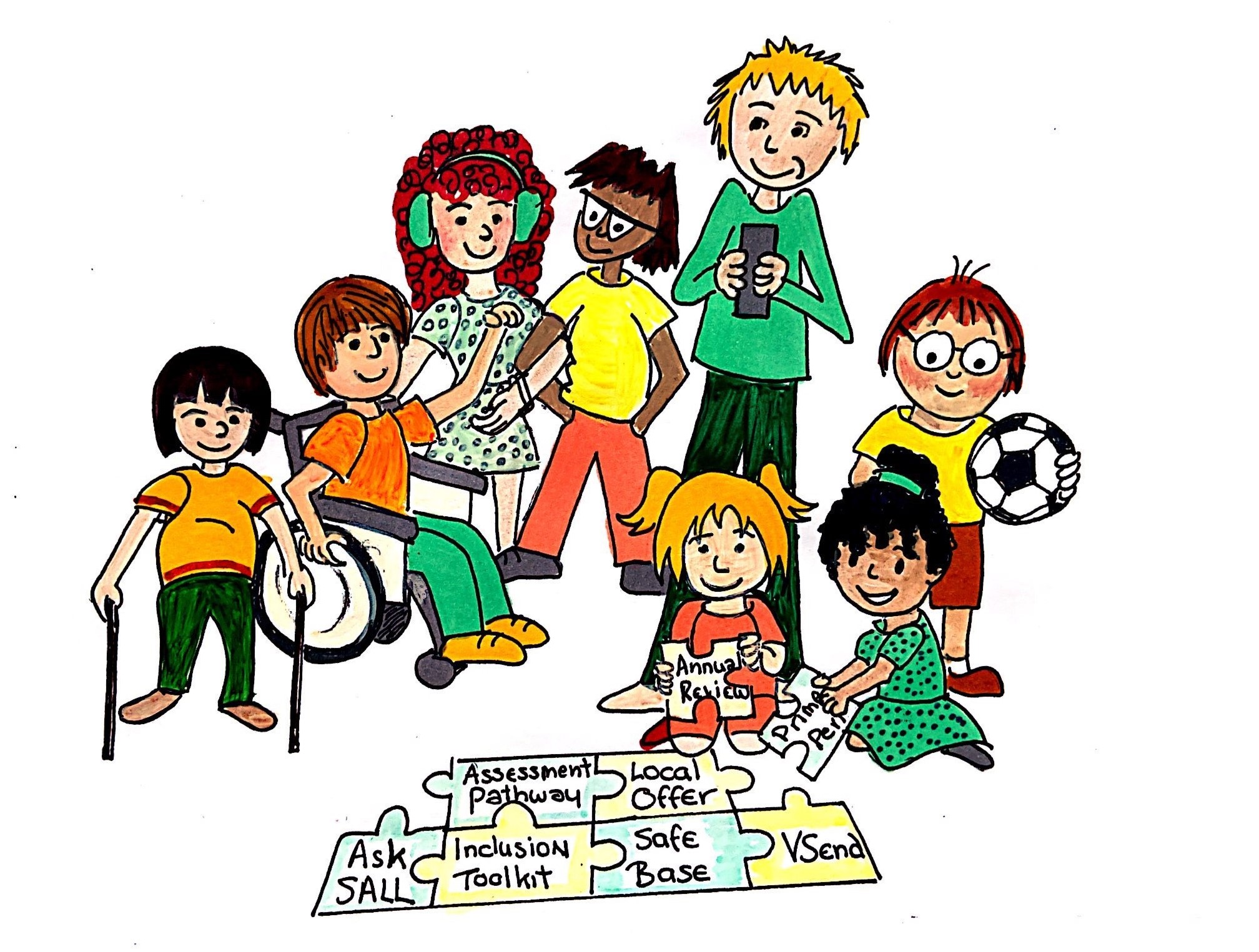Schools (5-16) introduction
This section aims to help SENDCos draw upon a range of strategies that could be used to secure identified outcomes, understanding that provision must be outcomes-driven and that all pupils are unique.
Each area of need contains further information about the broad area of SEND and also about how that need is manifest at each level, from the lowest level of additional need (1/2) to the highest (9/10).
Because specialist provision to meet higher needs must be underpinned by High Quality Teaching (HQT) so that skills can be generalised and consolidated within inclusive classrooms, it is important to consider the full range of strategies and adjustments when planning, not merely those at the pupils’ assessed level of need.
Valuing SEND levels of need
- High Quality Teaching (HQT) approaches which will benefit all pupils as well as those with special educational needs (VSEND level 1-2) are captured at the beginning of each area of need. These should be considered alongside the broader range of inclusive teaching and learning strategies identified by the Education Endowment Foundation (EEF).
- some pupils will require support that is additional to or different from HQT approaches to learning and development. These pupils require more focused intervention and support and these are referred to as targeted interventions (VSEND level 3-4).
- other pupils may require more specialist interventions (VSEND 5-6) or highly specialised support (VSEND 7-10), in addition to targeted interventions and HQT. It is important to consider the pupil’s developmental age, as well as their chronological age, when using this guidance document as some of the information in other education phases (early years) may be of use.


